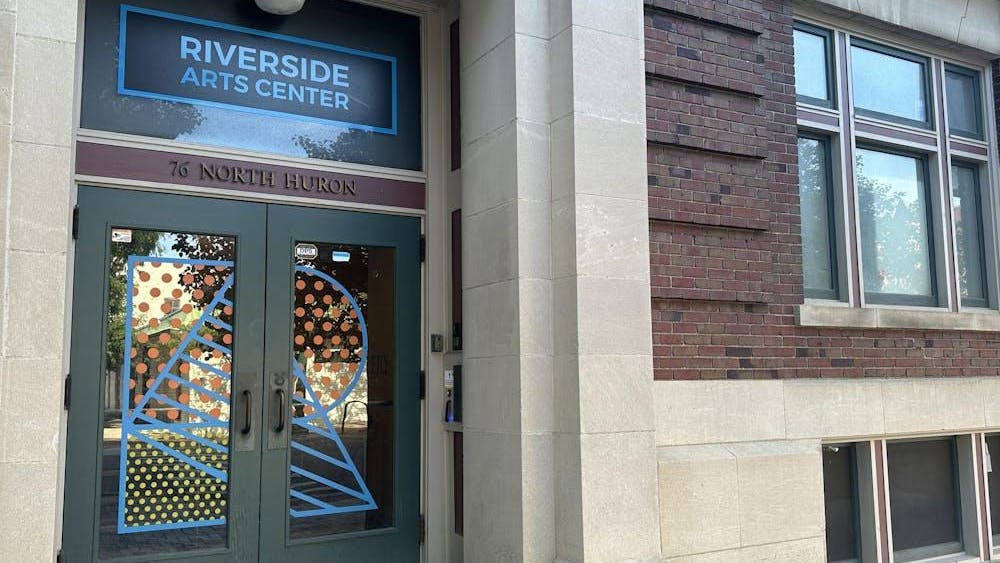Data beginning in 2004 shows that at Eastern Michigan University the number of African American males graduating have plummeted drastically, causing officials to rethink educational programs in hopes of a future turnaround.
According to Institutional Research and Information Management (IRIM) at EMU, 2.6 percent of African American males in four-year programs and 11 percent who participated in five-year programs made it to graduation.
“It’s a shame that this is happening, especially at our campus,” Reggie Barnes, Director of Diversity and Community Involvement said.
For the 2011 academic year, 51 African Americans at a graduate level were awarded degrees out of 502, and 151 at an undergraduate level, earned degrees out of 1,614—that’s 202 from a total of 2,116. Ten Hispanics in graduate programs and 39 in undergraduate programs earned degrees equating to a mere total of 49 students.
The numbers reflect students who have never attended college prior to EMU, according to Anne Fox, a retention data analyst. Numbers reflecting those in a 6-year program, for example, started out in the 2004 cohort. At the end of the semester IRIM counts how many are still enrolled, producing graduation rates.
“You’re talking about history when you look at these numbers,” Fox said. “You can’t look at graduation rates from this past year and directly link it to what was done for that same year. And even though they’re bad, we have every right to believe that could change over the years.”
Lately, improvement have been seen.
The most recent cohort (which began in 2009) for a one-year retention rate is 76.4 percent representing the entire school. African Americans contributed the most to that number and topped it, coming in at 76.9 percent.
“They (retention rates for African Americans) are looking much more positive,” Fox said. “When I saw the numbers—I wouldn’t describe it as shock nor did I focus on the negatives—it was more of an affirmation that the change in programs is starting to work.”
Barnes said Diversity and Community Involvement is currently observing the issue.
“We’re in an exploratory phase right now and seeing what needs to be done.”
The Center for Multicultural Affairs is organizing four cultural heritage months to teach students about the history and culture of Latin Americans, Native Americans, African Americans and Asians/Pacific Islanders. Through education, they plan to encourage participants to understand and accept differences in races.
“It teaches things that they (students) never would have thought to learn about before,” Jeremy Carter, a student programmer for the multicultural center said. “And for people of those actual races, it (heritage month) is an outlet to voice their issues. They eventually realize they have a voice and it gives them pride to be at Eastern.”
Carter, a five-year African American scholar at EMU, has noticed a lack of campus connections amongst minorities.
“I have heard people (minorities) say this is a white man’s school and they’re trying to take our money. They’re not connected because of the dominant cultures. They feel like this isn’t their school and they’re not supposed to be here.”
Carter said he didn’t always fit in either. ‘Clicks’ between whites in classrooms were and still are discouraging; so he would find comfort in talking to someone of the same race. Working with the Latino Student Association, NAACP and the Black Student Union as a program coordinator surrounded him with positive influences and have given him the motivation to stay enrolled.
“Knowing that I can help out—that’s what really made a difference because most people want to help only themselves right now,” he said.







